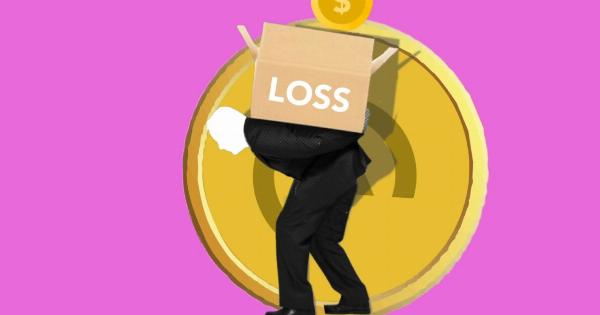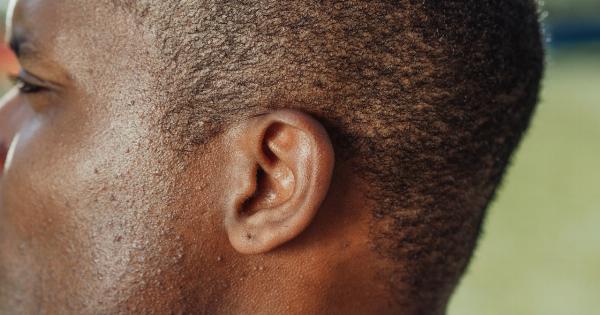According to the World Health Organization (WHO), over 5% of the world’s population lives with disabling hearing loss. This means that they have hearing loss that affects their daily activities and communication.
Hearing loss not only affects communication but may also increase the risk of accidental injuries, including slips, falls, and workplace accidents. In this article, we will explore the relationship between hearing problems and accidental injury rates.
How Hearing Loss Affects Balance and Coordination
Hearing plays a vital role in maintaining balance and coordination. The inner ear contains vestibular organs that help the brain process information about balance and spatial orientation.
When the vestibular organs are impaired due to hearing loss, the brain receives conflicting information, resulting in balance and coordination problems. This may increase the risk of accidental injuries, especially falls.
Studies have shown that individuals with hearing loss are three times more likely to experience falls than those without hearing loss.
According to a study in the Journal of the American Geriatrics Society, hearing aids can significantly reduce the risk of falls in older adults with hearing loss. The study found that individuals who wore hearing aids had an 18% reduction in fall risk compared to those who did not wear hearing aids.
Hearing Loss and Workplace Accidents
Hearing loss can also increase the risk of workplace accidents. In noisy environments, individuals with hearing loss may not be able to hear warning signals or communicate with coworkers effectively.
They may also be unable to hear machinery or equipment malfunctions, leading to accidents. According to the Occupational Safety and Health Administration (OSHA), hearing loss is the most common work-related injury in the United States.
A study in the Journal of Occupational and Environmental Medicine found that individuals with hearing loss were more likely to experience workplace accidents.
The study analyzed data from 3,000 employees in the manufacturing industry and found that those with hearing loss had a 30% higher risk of workplace accidents than those without hearing loss. The study also found that those with hearing loss were more likely to report near-miss incidents, indicating that they may be at greater risk for more severe accidents.
How Hearing Aids Can Reduce the Risk of Accidental Injuries
Hearing aids can significantly reduce the risk of accidental injuries in individuals with hearing loss.
By improving hearing, hearing aids can help individuals maintain balance and coordination and better communicate with coworkers in noisy environments.
A study in the Journal of Occupational Health found that hearing aids reduced the risk of workplace accidents in individuals with hearing loss.
The study analyzed data from 82 employees in a manufacturing plant and found that those who wore hearing aids had a significantly lower risk of accidents than those who did not wear hearing aids. The study concluded that hearing aids may be an effective way to reduce the risk of workplace accidents in individuals with hearing loss.
The Importance of Getting Hearing Help
Untreated hearing loss can have significant impacts on an individual’s quality of life, including social isolation, depression, and cognitive decline.
However, as we have seen, hearing loss can also increase the risk of accidental injuries, including falls and workplace accidents.
If you suspect that you have hearing loss, it is essential to seek help from a hearing healthcare professional.
They can perform a hearing evaluation to determine the degree and type of hearing loss and recommend appropriate treatment options, such as hearing aids or cochlear implants.
In Conclusion
Hearing loss is a prevalent condition that affects millions of people worldwide.
While hearing loss can have significant impacts on an individual’s quality of life, it can also increase the risk of accidental injuries, including falls and workplace accidents. However, by seeking help from a hearing healthcare professional and using appropriate treatments, such as hearing aids, individuals with hearing loss can significantly reduce the risk of accidental injuries and improve their overall quality of life.




























